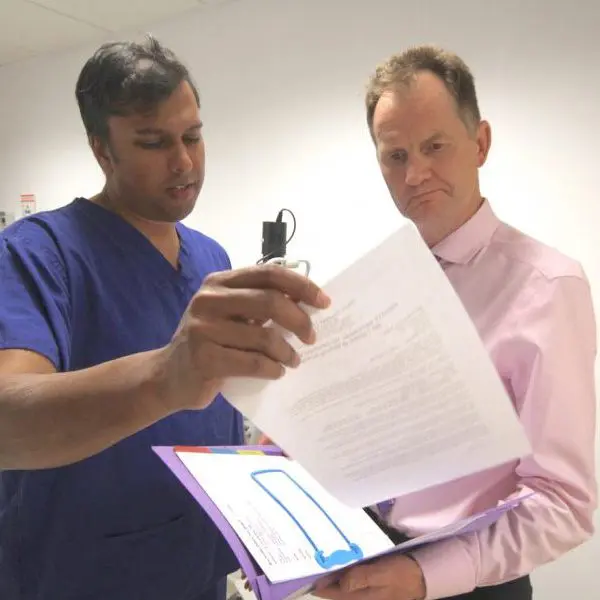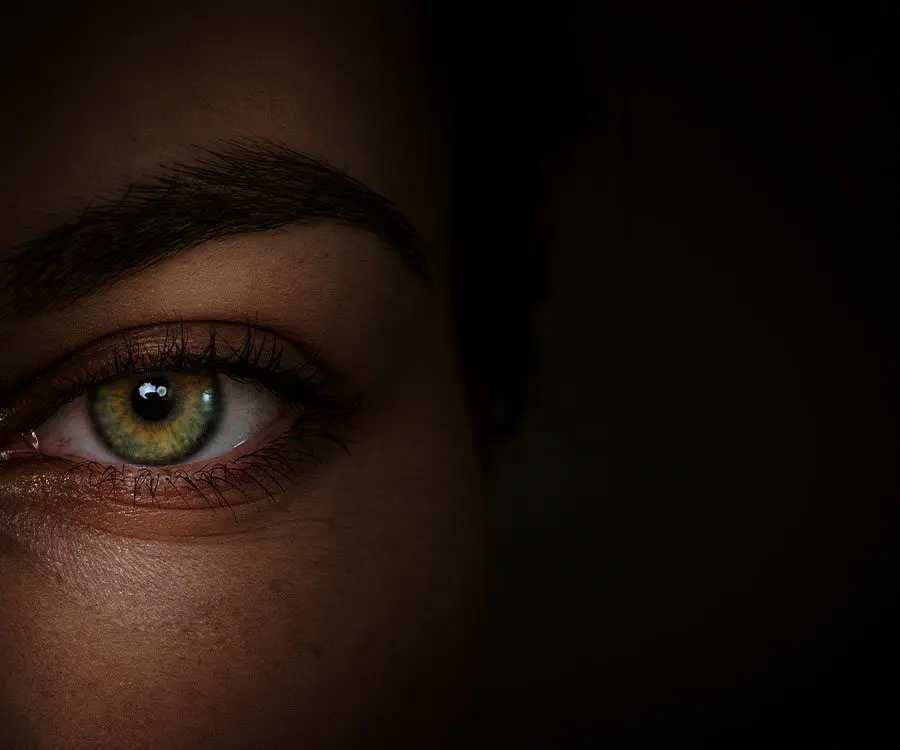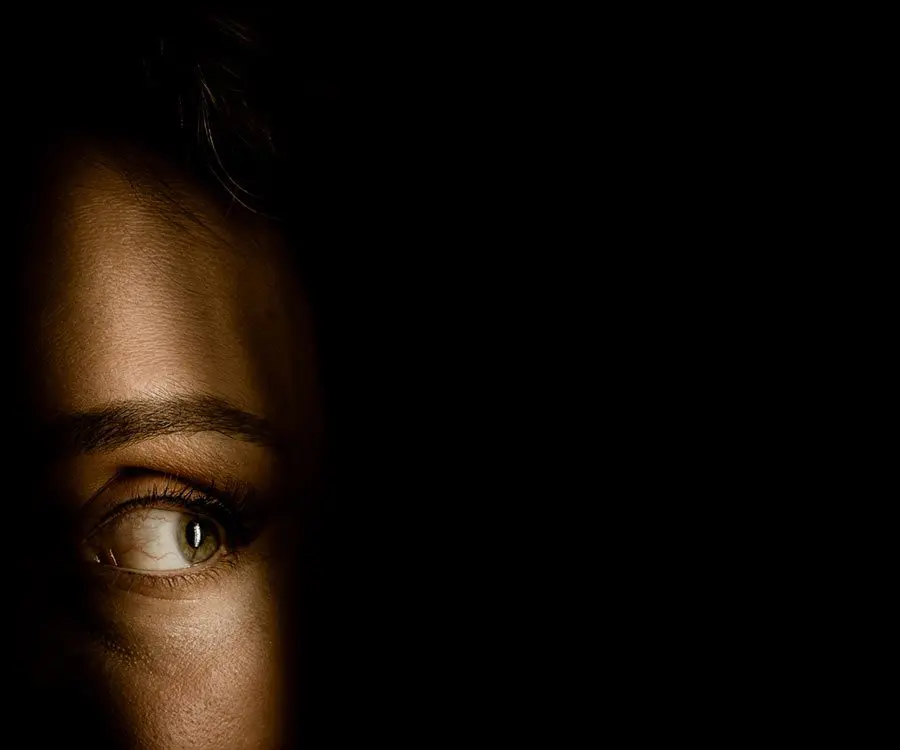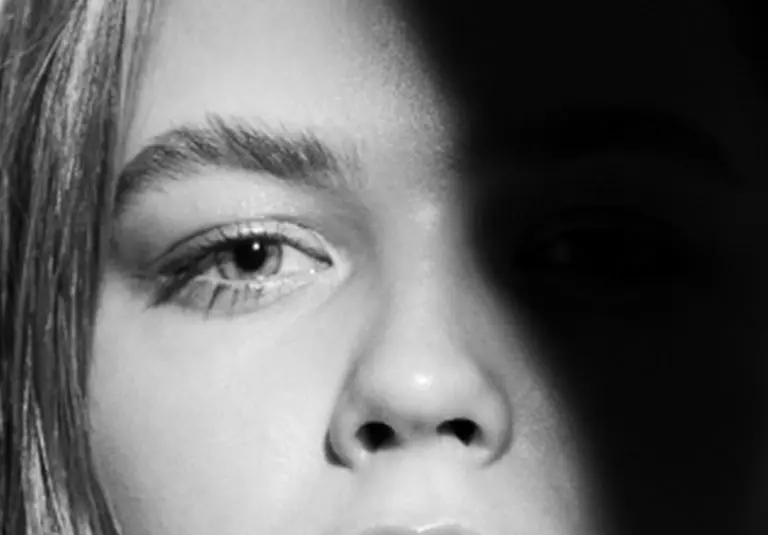
- Uncategorised

- News
Mr Tappin has developed an innovative modification to the treatment of pterygium

As with most other eye-related conditions, pterygium is relatively common amongst the general population. Although the exact cause of pterygium isn’t known, people whose eyes are exposed to certain elements, like pollen, sand, smoke and wind, on a regular basis have a higher risk of developing this condition.
For minor cases, treatment involves eye drops or ointment, however, in more serious cases, treatment may require surgical expertise to treat the pterygium. Recently, our consultant surgeon Mr Mike Tappin developed an innovative modification to the existing treatment of this condition, making effective treatment easier for surgeons in the future.
For those unfamiliar with the condition, pterygium is a growth of fibrovascular tissue over the cornea. This can cause symptoms of irritation/soreness in the eye and can leave the eye looking red and cosmetically disfigured. If left to grow too large, the condition can even cause blurring, a reduction of vision and even severe scarring on your cornea, but this is rare.
Our Cornea Specialist, Mr Tappin, has modified the surgical technique making it simpler and easier to perform. The technique involves removing the lesion from the eye and glueing a small graft in place to cover the area, allowing for quick healing and a reduced chance of the pterygium re-growing. Conventionally, the fibrin glue is mixed and placed in the position the graft is to be attached. This then leaves a mere 10 seconds to grasp and move the transplant into position. However, the modified technique leaves the glue unmixed until the graft is positioned, allowing for greater precision.
This is managed by one glue component being placed at the site where the graft will be positioned, with the other component of the glue being placed on the graft. The glue only mixes once the graft is positioned correctly. This gives the surgeon more time to move and position the graft, maximising the ability to position the graft successfully.
If you think you may need treatment for the condition of pterygium, please get in touch to arrange a consultation with one of our Cornea specialists. You can also browse our various locations here to find the hospital closest to you.
Reviews







